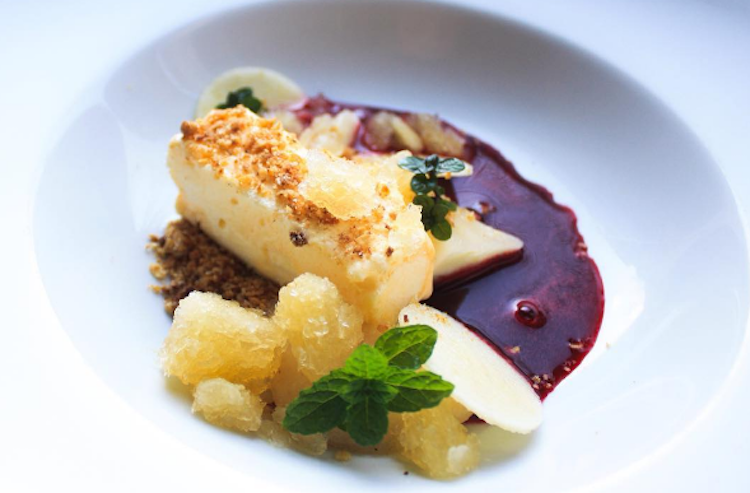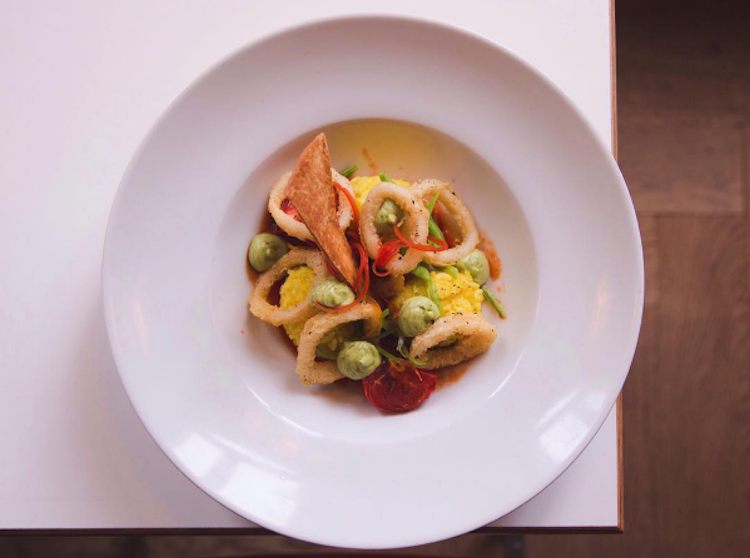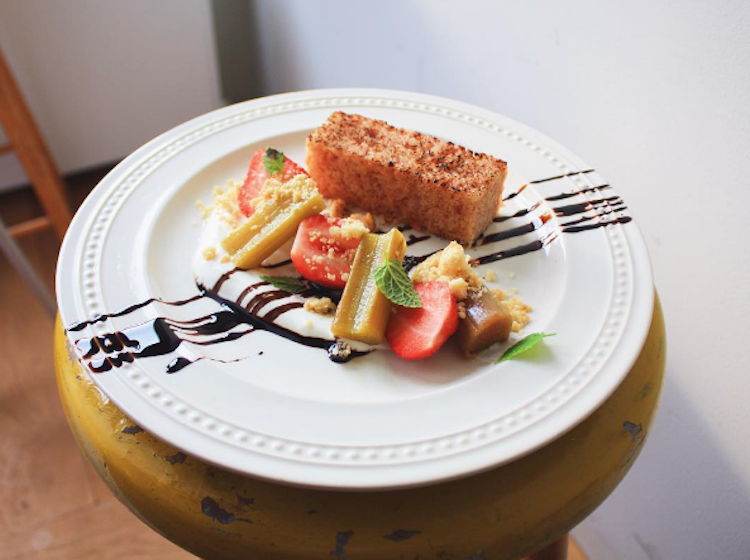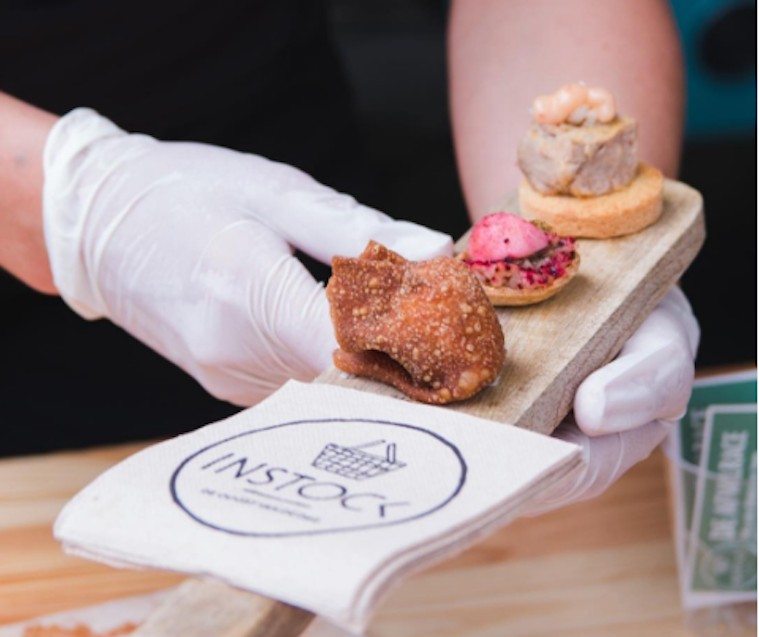InStock, an ironically named Amsterdam restaurant, actually keeps very few ingredients in stock. They serve gourmet meals made almost entirely from food scraps collected from a variety of vendors.
The idea for the restaurant began at Albert Heijn, an Amsterdam supermarket chain dedicated to cutting food waste, a serious issue around the world. In 2012, four workers came up the idea for Instock, and opened it as a pop-up restaurant within an Albert Heijn store. By 2015, InStock had become a brick and mortar restaurant.

Photo courtesy of @instock_nl on Instagram
“We were confronted with food waste that was still perfectly edible but not good enough for sale,” said Freke van Nimwegen, one of the co-founders of InStock. “With the knowledge that we have to feed 9 billion people in 2050, we need to change our way of handling food.”
Every morning, staff members use an electric car to collect scraps, samples, damaged goods, or foods nearing expirations from vendors such as fish shops, chocolatiers, and even Heineken. Chefs then face the challenge of turning their daily collections into a gourmet three-course meal for their guests.

Photo courtesy of @instock_nl on Instagram
Although they keep certain necessities, such as olive oil and dairy on hand, chefs must prepare the meals from a different set of ingredients each day. Like contestants on Chopped, the chefs must get creative and develop a new menu every day using what they’ve got on hand.
“We get a lot of potatoes, fruit, vegetables and bread,” said van Nimwegen. “Our chefs are really creative in making something of the ‘harvest of the day,’ which is different each time.”

Photo courtesy of @instock_nl on Instagram
This set-up has pros and cons for diners. On one hand, you can feel good that your meal helped salvage food waste. The dishes are also far more creative than what you would see on your average menu, and your dining experience will be different every time you go.
Also, since the restaurant’s food cost is so low, diners can enjoy a full gourmet meal that may cost hundreds somewhere else at around $25 per person.
However, because the chefs are limited in what they can work with and don’t have time to perfect their meal, the dishes are less likely to appeal to every single diner, as this New York Times reviewer discovered. But, overall, she really enjoyed her experience and the food.

Photo courtesy of @instock_nl on Instagram
InStock also works to reduce food waste in other ways. They do not throw away any leftovers. Instead, they donate them, use them to prepare staff meals, or turn them into biogas, a gaseous reusable energy source. They also try to help their vendors cut down on food waste.
“We always ask the question whether the supermarket could have avoided the ‘surplus’ of the produce they send to us,” said van Nimwegen.


